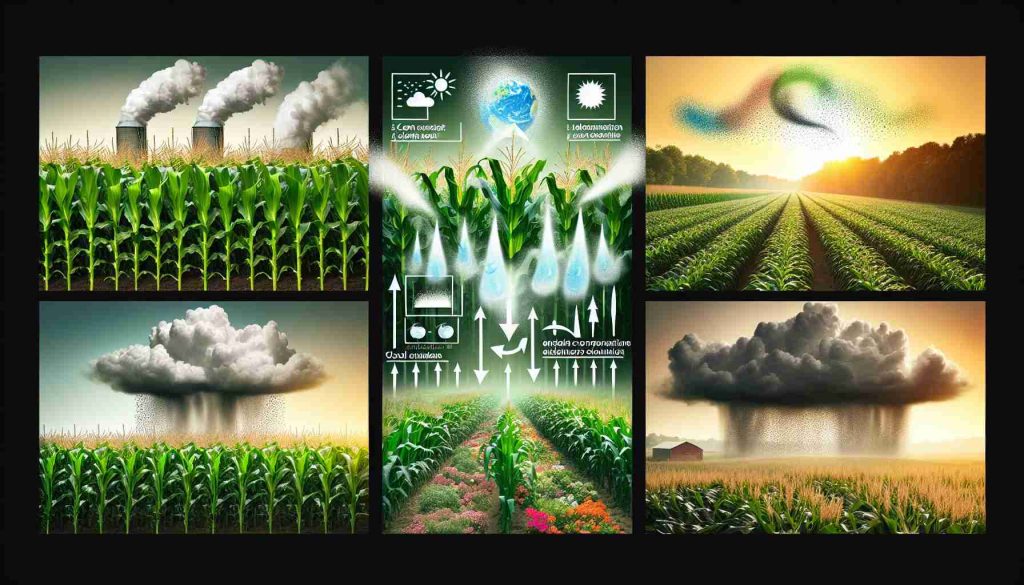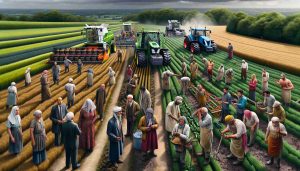Diverse Impact of Corn Sweat on Climate Patterns in Ohio
3 min read
Researchers have noted a fascinating phenomenon related to crop growth influencing local climate. The proliferation of corn fields in Ohio is leading to an unexpected rise in humidity levels with implications for weather patterns in the region.
The release of moisture from corn plants, often known as “corn sweat,” has been identified as a major contributor to increased humidity in Ohio. As corn undergoes transpiration, water is released into the atmosphere, creating a microclimate conducive to elevated levels of humidity.
This surge in humidity has the potential to disrupt traditional weather patterns in Ohio, leading to changes in precipitation distribution and overall atmospheric conditions. As corn cultivation continues to expand across the state, the impact of corn sweat on local climate dynamics is expected to become more pronounced over time.
Understanding the relationship between agricultural practices and climate variability is crucial for predicting and mitigating potential environmental consequences. Researchers and policymakers alike are urged to consider the broader implications of crop-induced humidity on regional climate systems to ensure sustainable land use practices in the future.
Exploring the Multi-Faceted Impact of Corn Sweat on Ohio’s Climate Patterns
Researchers have delved deeper into the intricate relationship between corn cultivation and its influence on local climate, unearthing a myriad of factors that bear significance on Ohio’s weather patterns.
What additional factors contribute to the unique role of corn sweat in Ohio’s climate? Apart from the direct release of moisture into the air, it has been found that the type of corn varieties, soil conditions, and the use of irrigation systems also play a pivotal role in amplifying humidity levels in the region.
How does the increased humidity from corn sweat affect Ohio’s ecosystem beyond weather patterns? The rise in moisture levels can lead to changes in soil moisture, potentially impacting local flora and fauna populations, as well as influencing the prevalence of certain plant diseases.
What are the key challenges in addressing the implications of corn sweat on climate change in Ohio? One of the primary challenges lies in balancing the economic benefits of corn production with the environmental consequences of altering local climate dynamics. Additionally, predicting the long-term effects of increased humidity on a regional scale poses a significant challenge for researchers and policymakers.
Advantages and Disadvantages of Corn Sweat on Climate Patterns in Ohio:
Advantages:
– Increased humidity may benefit certain agricultural crops that thrive in moist conditions.
– The phenomenon of corn sweat offers valuable insights into the interconnectedness of agriculture and climate systems.
– Awareness of this process can aid in developing more targeted agricultural practices to harness moisture effectively.
Disadvantages:
– Altered weather patterns could potentially disrupt the delicate balance of ecosystems in Ohio.
– Excessive humidity may lead to increased instances of mold and other plant diseases, impacting crop yields.
– Addressing the sustainability of corn cultivation requires careful consideration of its environmental impact on local and global climate systems.
For further information on climate change and agriculture in Ohio, visit: Ohio University






